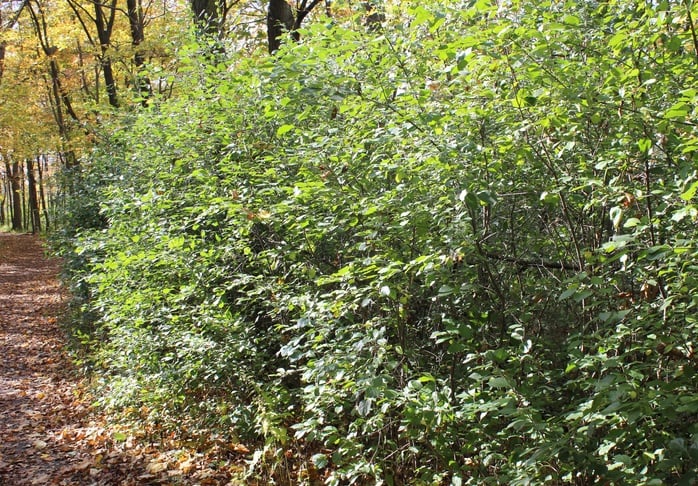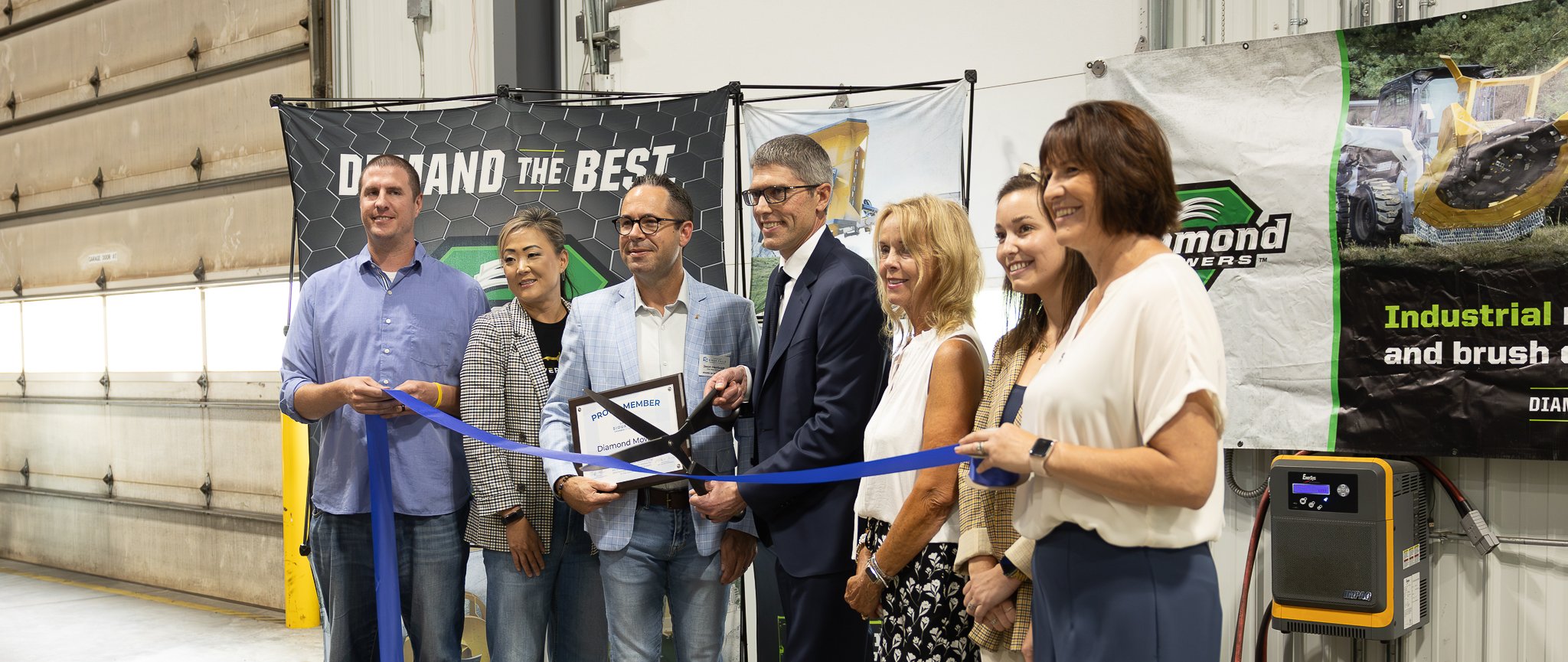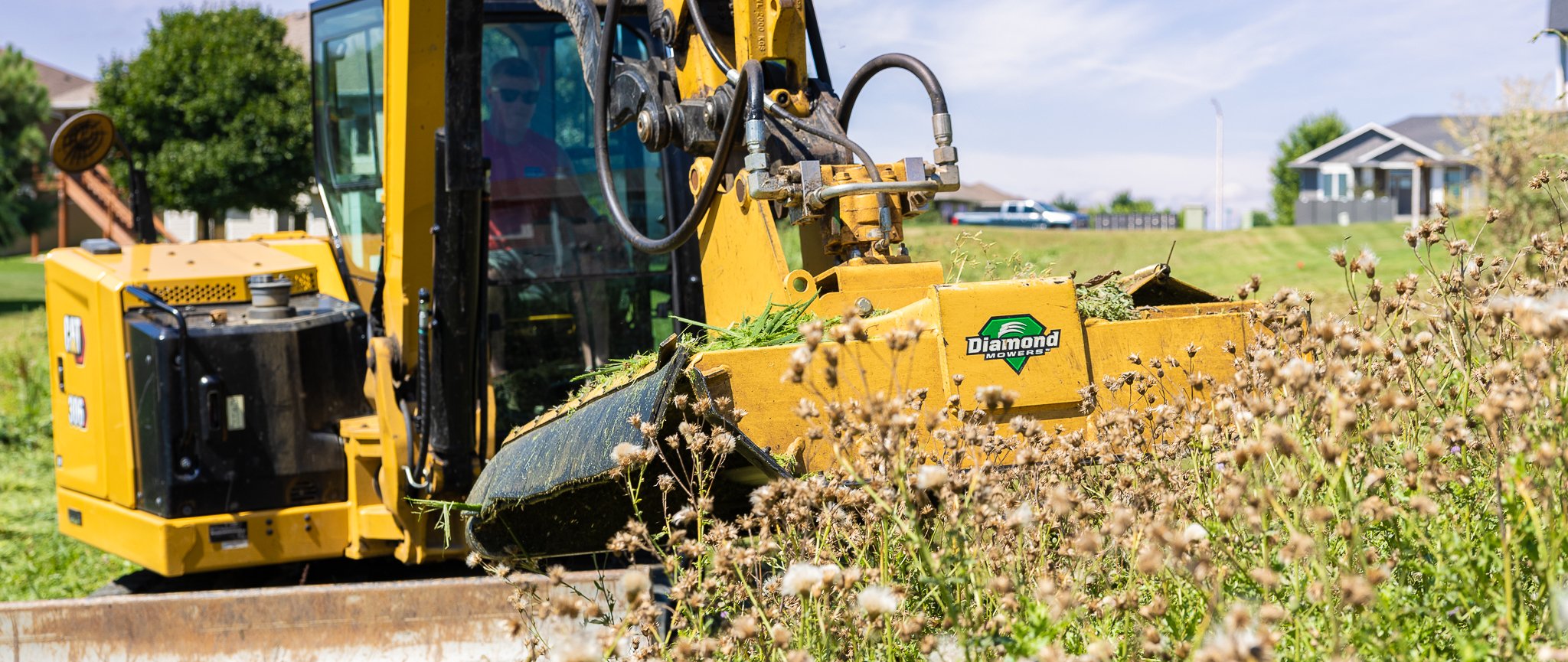Buckthorn Take Over
Jun 01, 2018 . 1 min read


Rhamnus cathartica, or more commonly refered to as Buckthorn, is a common sight in north-central and northeastern United States and the maritime provinces of Canada. Although Buckthorn is native to Eurasia, it was introduced to North America in the 1880s as an ornamental hedge plant. Its abundant fruit is dispersed by birds and other animals and it spreads quickly, replacing native vegetation.

Why Control Buckthorn?
- Out-competes native plants for nutrients, light, and moisture
- Threatens future forests, wetlands, prairies, and other natural habitats
- Contributes to erosion by shading out other plants that grow on the forest floor
- Serves as a host to pests, such as crown rust fungus and soybean aphid
- Lacks “natural controls” like insects or disease to curb its growth
How To Control Buckthorn?
It's best to target Buckthorn plants that are producing fruit in late summer and throughout the fall. Removing these fruit-bearing trees first will reduce the number of seeds added to your soil each year.
Buckthorn plants two inches in diameter or larger are best controlled by cutting the stem at the soil surface and then covering or treating the stump to prevent re-sprouting. Cutting and mulching can effectively be done with a mechanical solution, such as Diamond’s Skid-Steer Rotary Mower or Forestry Mulcher. Chemically treating mulched debris will further eliminate the number of seeds added to your soil.
Watch the Diamond Skid-Steer Forestry Mulcher in Action below:




